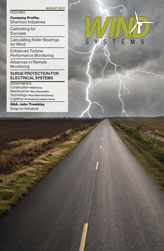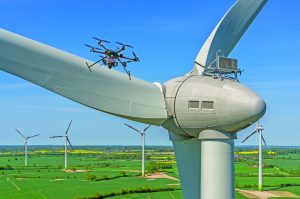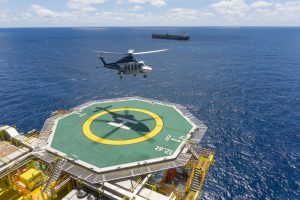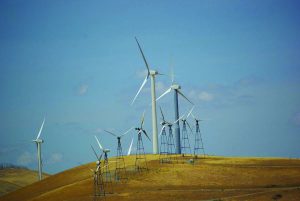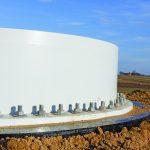As we are embarking on a new adventure at Penn State directing the Pennsylvania Wind for Schools program, we are reminded of how fascinating wind turbines are for our youth. Encouraging children toward careers in science, technology, engineering, and mathematics (STEM) fields is increasingly important in today’s globally competitive and technology oriented environment. Wind energy can be a very successful tool for sparking this interest.
Funded by the U.S. Department of Energy’s Wind Powering America program, Wind for Schools is currently active in 11 states across the country—Alaska, Arizona, Colorado, Idaho, Kansas, Montana, Nebraska, North Carolina, Pennsylvania, South Dakota, and Virginia—with several affiliate programs starting up in other states on their own. These programs are led by universities, and they are often land grant institutions within the state. The goal is to work with several schools each year to raise the funding for and install a small residential-scale turbine at the school while working with teachers to integrate wind energy activities into their curriculum. Activities can be incorporated across a variety of disciplines in the K-12 environment (e.g. earth science, social science, math, and environmental science, among other subjects), drawing from existing resources such as KidWind’s Windwise, The NEED Project, 4-H’s The Power in the Wind curricula, and many others listed on the DOE Wind Powering America Web site (www.windpoweringamerica.gov/schools_teaching_materials.asp). Many activities are mapped to National Science Education Standards, as well as state standards in some cases.
More than 60 turbines have been installed to date across the country associated with Wind for Schools programs. While the impact of this program is not as measureable, for example, as the DOE Industrial Assessment Center program—which might save a small to medium sized manufacturing firm 20-30 percent on its electricity costs (an average of $55,000/yr per firm)—there are several undeniable facts about the benefits of educating our youth in wind energy:
1) As highlighted in DOE’s 20 percent by 2030 report, the wind industry is expected to see continued growth over the next decade. Therefore, there is considerable need for an educated wind workforce across all disciplines. K-12 wind energy education programs are sure to spark interest in this field from the children who participate in these activities as undergraduate and graduate level university programs geared toward wind energy are being developed across the country to help them achieve their career goals.
2) K-12 wind energy activities can be enhanced significantly by adding a wind turbine to a school’s site, with the additional benefit of raising awareness and understanding about wind energy within the community. The data generated from these turbines can be used in a variety of activities and provide a very tangible learning tool for teachers. They are also a source of great pride for a school district and can encourage children and families to be more energy conscious. There are many opportunities for inquiry based learning in wind energy activities, which can also provide insight to K-12 students into what engineers actually do (which can be quite cryptic to a 10 year old).
3) Students taking home the knowledge they learn about wind energy in school and sharing their experiences with their parents is a very valuable process, as it provides the benefit of grassroots wind energy education addressing many widespread inaccuracies floating around about wind energy which are easily explained if people are willing to listen.
We are installing our own turbine to support the Pennsylvania Wind for Schools program this month. The resulting wind data will be available to those schools that don’t have the wind resource or monetary resources to put up their own turbine. It will also allow parents, teachers, school-board members, and the public to experience a turbine similar to what may be installed in their area.
I encourage all those reading this column to reach out to your local schools and see how you can help expose students to wind energy as well as science, technology, mathematics, and engineering in general. The more engaged today’s youth are with understanding the necessity of stewardship of our natural resources, the brighter their future will be.
















